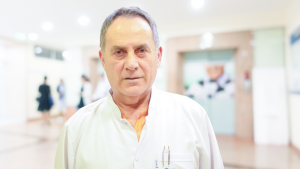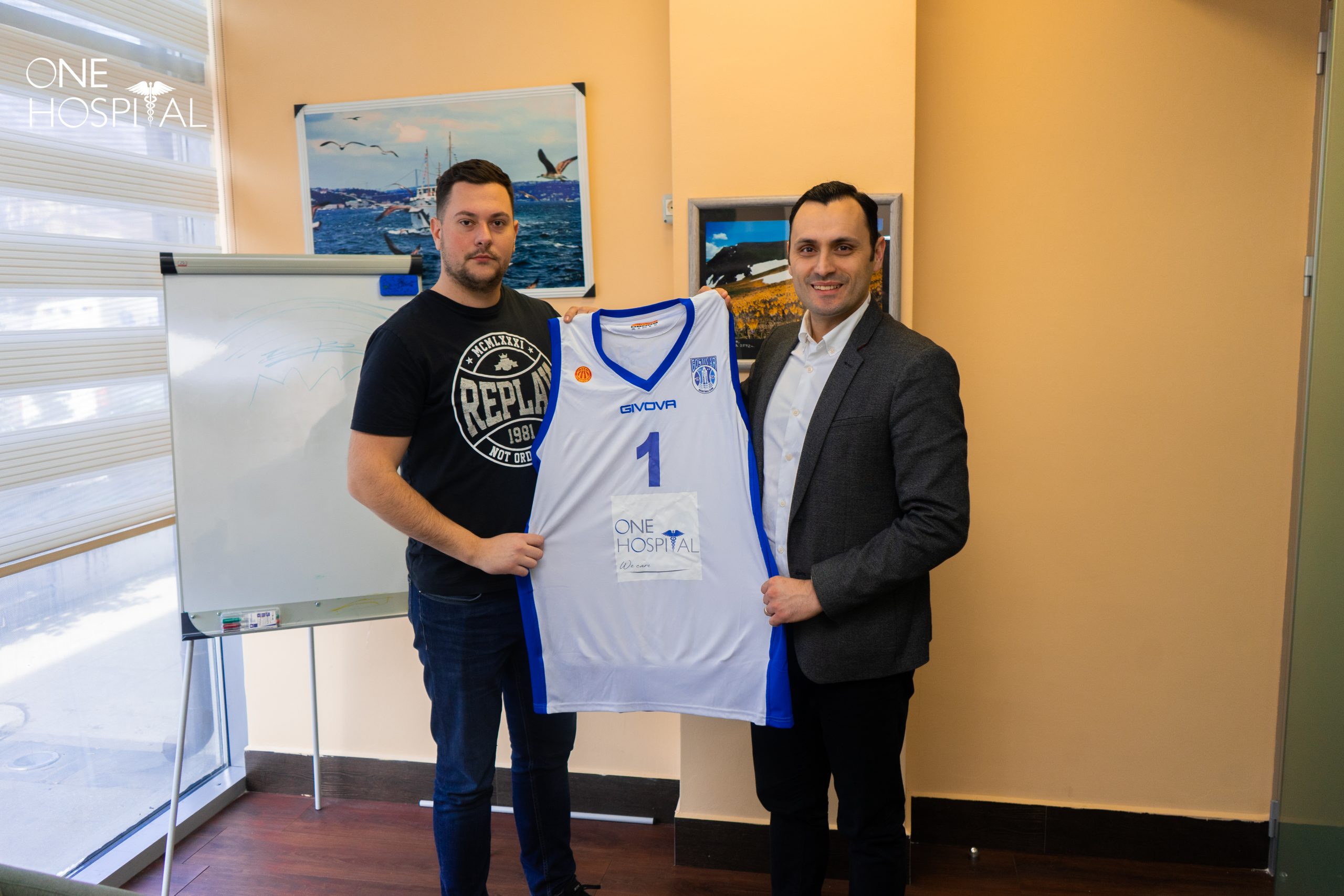If you have any of these symptoms or risk factors, it could be time to see a cardiologist.
- You experience chest pain.
Chest pain is one of the hallmark signs of a heart problem. While there are other causes of chest pain that are not related to the heart, chest pressure that occurs or worsens with activity is particularly concerning, as it can be a sign that the heart may not be getting enough blood. A cardiologist can help determine the cause and the appropriate treatment plan. Chest pain can also be a sign of a heart attack, which is a life-threatening emergency - You have high blood pressure.
Blood pressure is the force of the blood pushing against the artery walls. Chronically elevated blood pressure causes the heart to work harder to circulate blood and increases the risk of heart attack and stroke. - You have diabetes.
There is a strong correlation between cardiovascular disease and diabetes. Poorly controlled blood sugar affects how your blood vessels function and greatly increases your risk for developing coronary artery disease. - You have a history of smoking.
Smoking is one of the major preventable risk factors for heart disease and can contribute to high blood pressure and cancer risk. - You have a history of high cholesterol.
Cholesterol is a fatty substance found in a number of foods and is also made by your liver. High cholesterol can contribute to plaque in the arteries. One of the ways you can lower your cholesterol is by eating a healthy diet. - You have a family history of heart disease.
Certain types of heart disease can be genetic. If a relative has had early-onset heart disease (under age 55 in men and 65 in women), then a cardiologist can help determine how this affects your risk and may order testing or recommend preventive strategies. - You’re inactive and planning to start an exercise routine.
Exercise has a number of health benefits and plays a key role in the prevention and treatment of heart disease. However, certain heart conditions can make exercise unsafe. If you’re considering a new workout regime after being inactive, or have a number of the risk factors for heart disease as listed above, you should consult your physician first.




